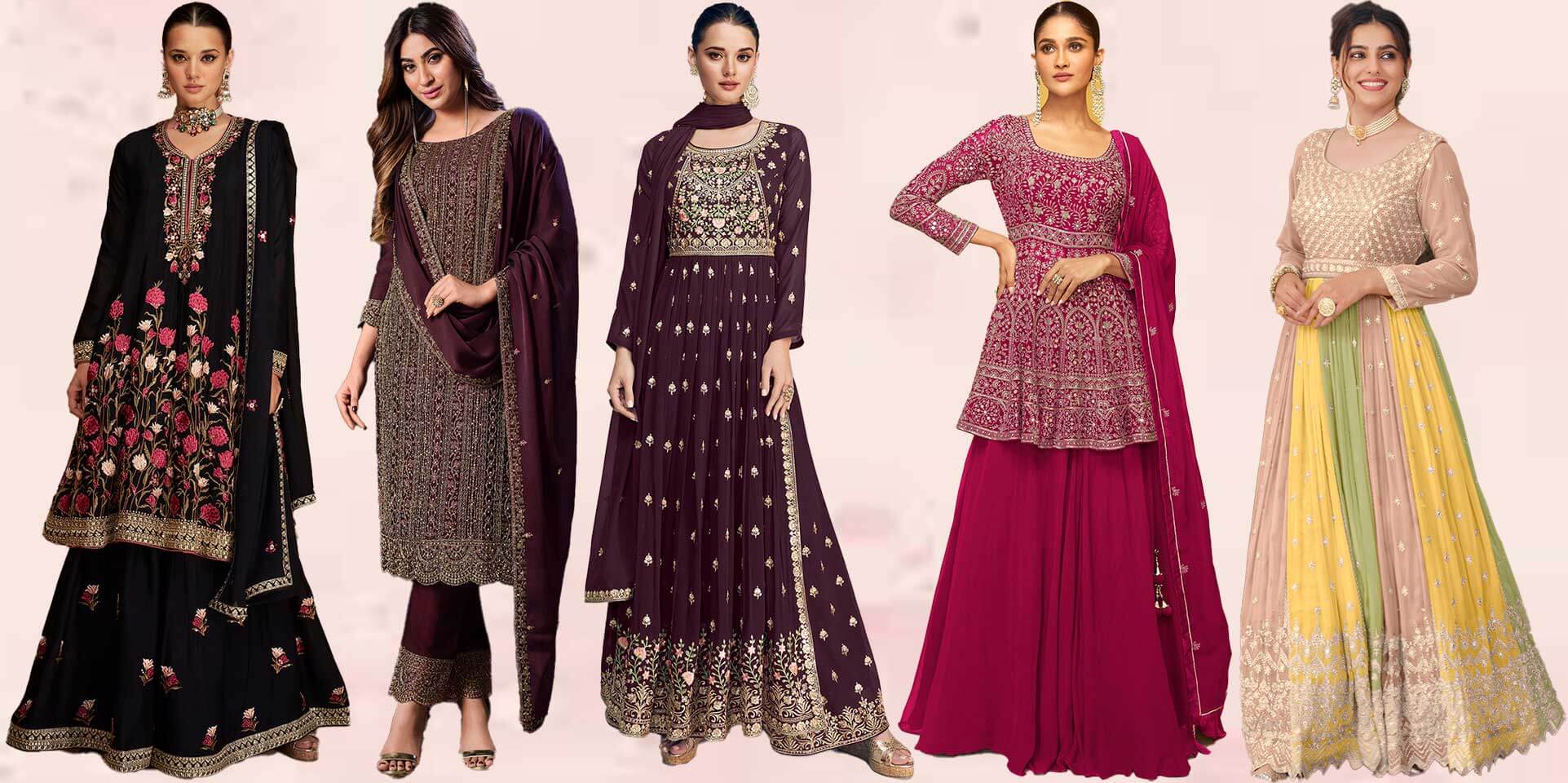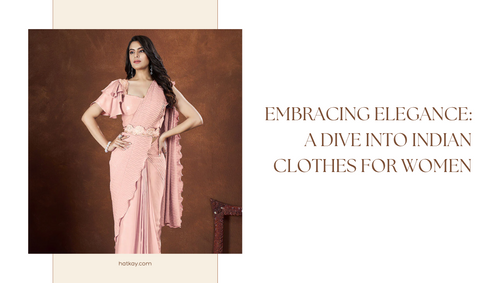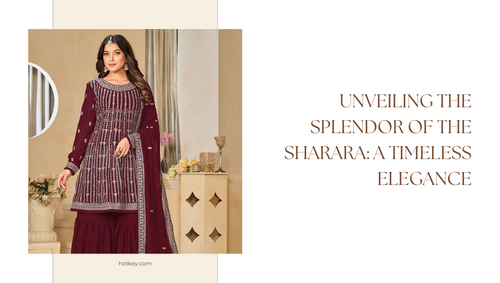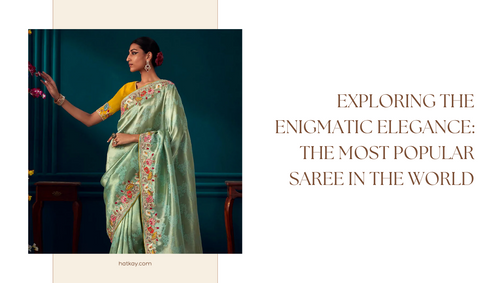What is the history of salwar?
The Salwar, also known as the shalwar or salwar kameez, is a traditional outfit worn by both men and women in South and Central Asia. The history of the salwar dates back several centuries and is intertwined with the cultural and social practices of the region.
The salwar is believed to have originated in Central Asia and was brought to the Indian subcontinent by the Mughals in the 16th century. It was initially worn as a loose-fitting trouser that was tied at the waist with a drawstring. Over time, the salwar evolved into a more fitted garment that was worn with a tunic or shirt called a kameez.
In India, the salwar kameez became a popular choice of dress among women during the Mughal era. The Mughal empresses and princesses were known for their exquisite salwar kameez outfits, which were often made of rich fabrics such as silk and brocade and embellished with intricate embroidery and beadwork.
In Pakistan, the salwar kameez became the national dress in 1947 after the country gained independence from British colonial rule. It continues to be a popular choice of dress among both men and women in Pakistan and is worn in a variety of styles, ranging from simple and casual to elaborate and formal.
Today, the salwar kameez is not only a traditional outfit but also a fashion statement. It has evolved over time, with designers incorporating modern cuts, fabrics, and embellishments into the traditional design.
Why do people wear salwar?
The salwar is a versatile garment that is worn for a variety of reasons, including cultural, religious, and practical purposes.
Cultural Significance The salwar is deeply ingrained in the culture and traditions of South and Central Asia. It is a symbol of identity, reflecting the cultural diversity and heritage of the region. The salwar is worn in a variety of styles, each reflecting the distinct cultural practices and customs of different communities.
For example, in India, the salwar kameez is worn in a variety of styles, ranging from the Punjabi salwar kameez, which features a short tunic and loose-fitting salwar, to the Anarkali, which is a long, flowing dress-like tunic paired with a fitted salwar. The salwar kameez is also a popular choice of dress for weddings and other formal events, where it is often made of rich fabrics and embellished with intricate embroidery and beadwork.
In Pakistan, the salwar kameez is the national dress and is worn by both men and women. It is a symbol of national identity and pride and is often worn on national holidays and special occasions. The Pakistani salwar kameez is known for its elegant and sophisticated designs, featuring bold prints and luxurious fabrics.
Religious Significance The salwar is also worn for religious purposes. In Islam, the salwar kameez is considered to be a modest and conservative dress that adheres to the principles of Islamic dress code. It is worn by both men and women as a sign of their faith and piety.
In Sikhism, the salwar kameez is an integral part of the traditional Sikh dress, worn by both men and women. The Sikh salwar kameez is known for its simplicity and practicality, featuring loose-fitting trousers and a long tunic that can be easily worn while performing daily tasks.
Practical Purposes The salwar is also worn for practical purposes. It is a comfortable and breathable garment that is well-suited for the hot and humid climates of South and Central Asia. The loose-fitting design allows for ease of movement and makes it an ideal garment for everyday wear.
The salwar is also a versatile garment that can be easily dressed up or down depending on the occasion. It can be worn with a simple cotton tunic for casual wear or dressed up with a more elaborate silk tunic for formal events.
In addition, the salwar is also a practical garment for women who wish to maintain modesty while still remaining fashionable. The loose-fitting design allows for coverage of the entire body, while the tunic can be styled in a variety of ways to create a more fashionable look.
Conclusion The salwar is a versatile and practical garment that is deeply ingrained in the culture and traditions of South and Central Asia. It is worn for a variety of reasons, including cultural, religious, and practical purposes. Whether it is worn as a symbol of national identity or as a practical garment for everyday wear, the salwar is an integral part of the cultural and social fabric of the region.
What are the other names of salwar kameez?
The salwar kameez is known by several different names in different regions of South and Central Asia. Some of the common alternate names of the salwar kameez include:
-
Shalwar Kameez: This is another common name for the salwar kameez, particularly in Pakistan and Afghanistan.
-
Salwar Suit: In India, the salwar kameez is often referred to as a salwar suit, particularly in the context of formal wear.
-
Punjabi Suit: This name is particularly used in North India, particularly in the state of Punjab, where the Punjabi salwar kameez is a popular style of the outfit.
-
Churidar Suit: This name is used for a particular style of salwar kameez that features a fitted pant called a churidar, which tapers at the ankles.
-
Anarkali Suit: This name is used for a style of salwar kameez that features a long, flowing tunic that is fitted at the top and flares out at the bottom, inspired by the dress worn by the legendary Mughal dancer, Anarkali.
-
Pakistani Suit: This name is used to refer to the style of salwar kameez that is popular in Pakistan, which often features bold prints and vibrant colors.
-
Pathani Suit: This name is used for a particular style of salwar kameez that is popular among men in North India and Pakistan, particularly among the Pashtun community. The Pathani suit features a long tunic and loose-fitting pants that taper at the ankles.













